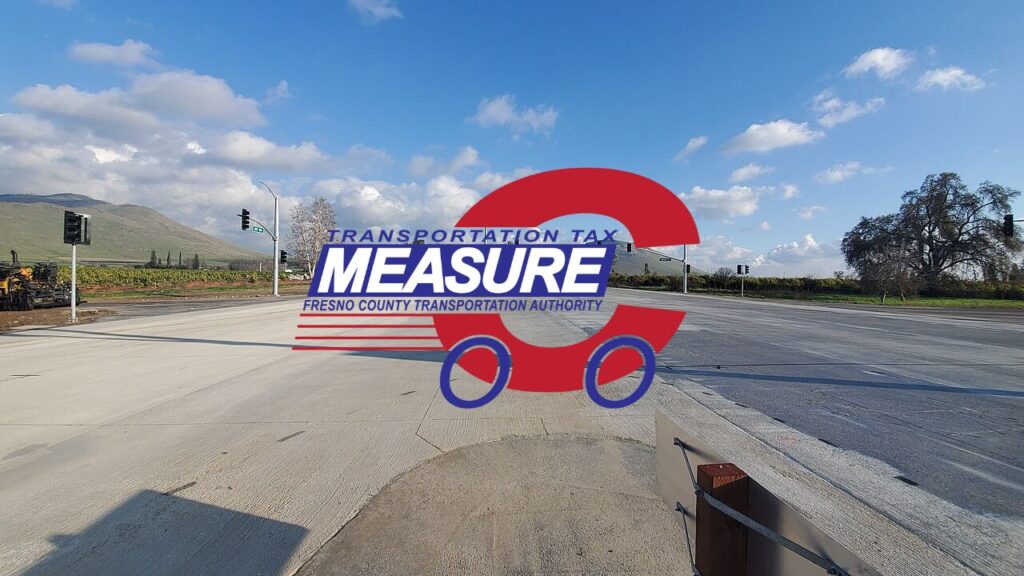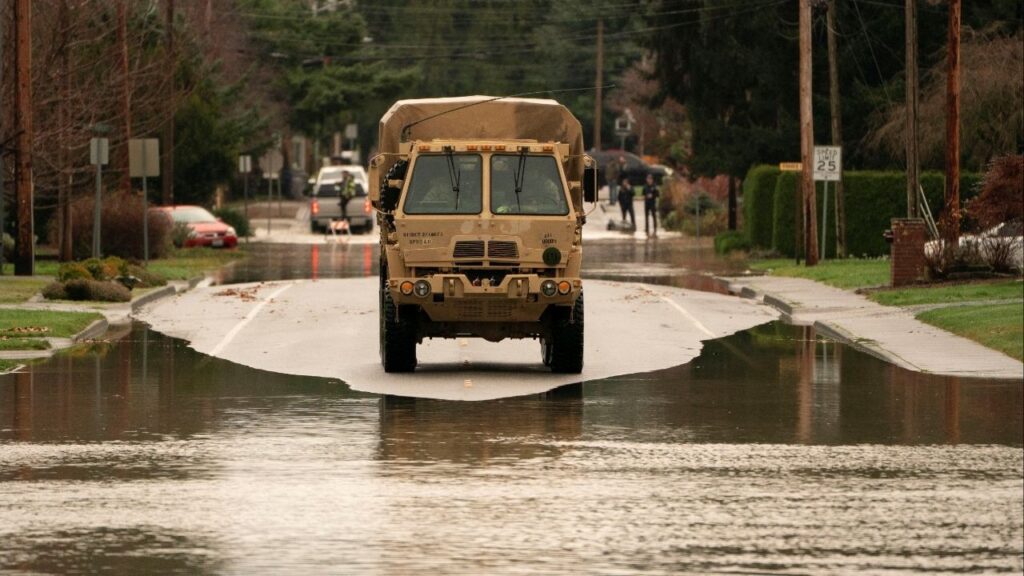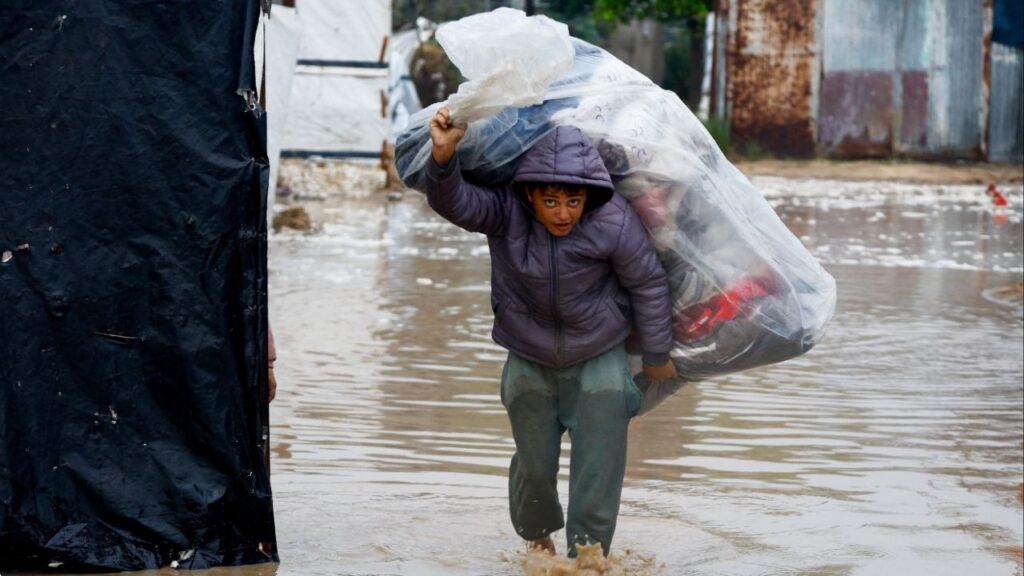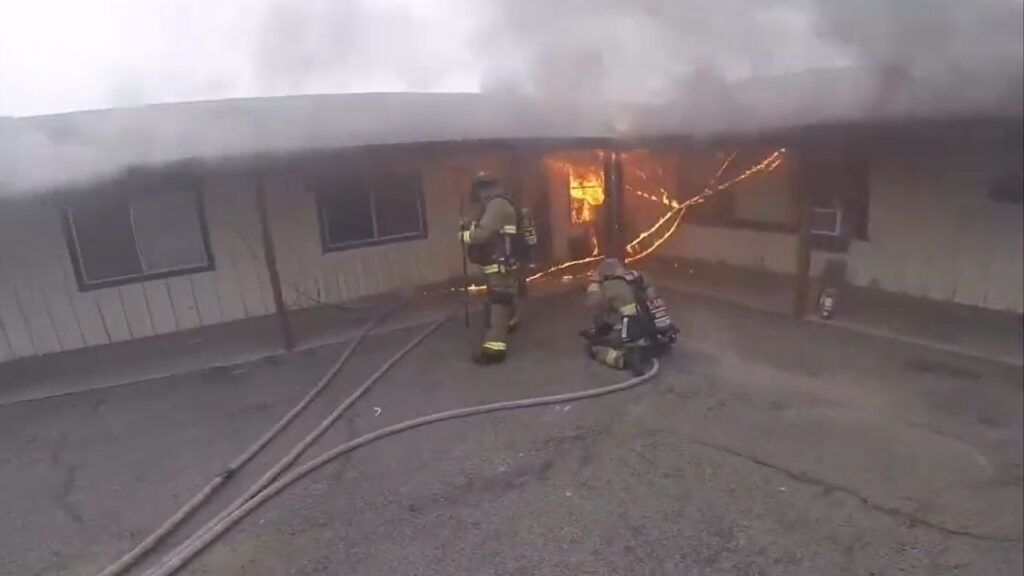Share
SACRAMENTO — The water in California’s mountain snow is now lower than the historical average after a January without significant rain or snow — a dramatic reversal from December that demonstrates the state’s challenges in managing its water supply.
Snow totals updated Tuesday by the state Department of Water Resources show the water in the Sierra Nevada snowpack is at 92% of what’s normal for this date. In December, heavy rain and snow left the state with 160% of its average snow water content.
“Our climate is experiencing these volatile shifts from wet to dry year after year, and even month after month,” said Sean de Guzman, manager of the department’s snow surveys and water supply forecasting section.
The extremely wet December followed by a dry January was strikingly similar to previous months, which included a very wet October followed by a dry November.
More Rain, Snow Needed to Ease Drought
De Guzman spoke from a location near Lake Tahoe where the state periodically measures snowpack. Snow totals there were slightly higher than average, indicating the varying conditions across the state. It’s one of the hundreds of locations where the state manually and electronically measures snow totals and water content.
The whipsaw effects of the weather and precipitation were illustrated by the situation on the Nevada side of Lake Tahoe in Reno, which had zero precipitation the entire month of January for the first time in recorded history. That came months after the city experienced its wettest October since the National Weather Service began keeping records in 1893.
California needs a wet winter to ease the drought because much of the state’s precipitation typically falls between December and March. Most of California is now in what’s considered severe drought according to the U.S. Drought Monitor, with only a small part of the state classified as being in the more serious extreme drought. That’s a significant improvement over the situation a year ago.
December Though March Typically Wettest Months
Winter snow is a crucial part of California’s water supply and December through March are typically the wettest months of the year. Snow that melts in the mountains and runs down into California’s lower elevations makes up about a third of the state’s water supply.
As of now, the water content in the snow is at 57% of the April 1 average, a key measurement data that indicates how much water the state will have from runoff in the spring and summer.
“That one dry month of January basically wiped out whatever head start we had as we head towards the end of winter,” de Guzman said.
State Meets Conservation Goal for December
Meanwhile, officials at the State Water Resources Control Board announced Tuesday that Californians met Gov. Gavin Newsom’s call for a voluntary 15% reduction in water use for the first time in December, thanks to the heavy precipitation. Overall people used 16.2% less water compared to the December before. Still, cumulative savings since Newsom made his request in July sit at just 7.4%, officials said.
E. Joaquin Esquivel, chair of the water board, called the December conservation numbers “incredibly impressive” and said they demonstrate that people are being more mindful of their water use during wet times. The state board recently adopted mandatory water restrictions including a ban on watering lawns within 48 hours of a rainstorm, but that rule wasn’t yet in effect in December.
But he stressed that continued conservation is necessary as dry conditions have returned.
“We’re looking to hopefully get a few more storms this water year, but the storm door may be closed,” he said.



















